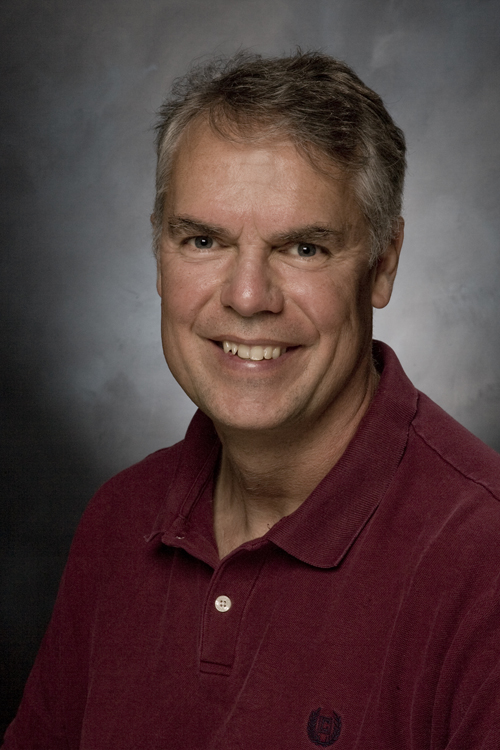October 25, 2013 - Energy Academic Group
Designer Nanoporous Materials for Energy Storage and Energy Conversion
October 25, 2013
ME Auditorium
1300
Dr. Tony Van Buuren
Division Leader
Physical and Life Sciences Directorate
Lawrence Livermore National Laboratory
Abstract
Securing this nation’s energy future will require the development of new materials for energy storage applications as well as for energy conversion. Here, nanostructured specifically nanoporous solids have the potential to lead to many technological breakthroughs. Their high surface area, electrical conductivity, environmental compatibility and chemical inertness make them very promising materials for use as electrode materials in supercapacitors and rechargeable batteries. At Lawrence Livermore National Laboratory research on nanoporous materials is driven by their use in targets for high energy physics experiments. Ironically, understanding how the pore structure and materials strength evolve as the surface environment is manipulated is a common theme in designing new porous materials for both these two diverse applications. The ability to measure changes in morphology and chemistry of the nanoporous materials in-situ with X-ray spectroscopies has provided the needed feedback to develop nanoporous materials with optimized microstructures for these applications. In many cases unique properties are observed in nanoporous materials as the surface environment and density are manipulated. The three thrusts of this talk will cover (1) the development of carbon aerogels able to wick cryogenic hydrogen needed for laser fusion targets and development of super strong carbon aerogels able to with stand volume changes associated charge-discharge (2) report the development of a capability for in situ soft x-ray spectroscopy studies and will discuss recent in situ/in operando x-ray absorption spectroscopy of carbon aerogel supercapacitors, and (3) in situ XAS of LiFePO4 for batteries and the requirement for spatial resolution provided via STXM. Examples of complementary ab initio modeling are also provided.
This work was performed under the auspices of the US DOE by LLNL under Contract DE-AC52-07NA27344.
Biography
Tony van Buuren received the PhD. in physics, in 1996 from the University of British Columbia, Canada. After his PhD he did his post-doctoral work in the Materials Science Division of the Chemistry and Materials Science Division of Lawrence Livermore National Laboratory (LLNL). In 1998 he became a staff scientist and in 2007 became the group leader of the Nanoscale Materials Science and Technology Group of the Physical and Life Science Directorate at LLNL. His main research interest is on materials characterization using synchrotron radiation. His current research projects include porous materials and membranes, group IV nanomaterials for energy storage and SAMS and nano interfaces. He has authored and coauthored more than 110 technical articles.
POC
Dr. Daniel A. Nussbaum
Naval Postgraduate School
Principal, Energy Academic Group
Monterey CA 93943
Phone: 831-656-2387
Mobile: 831-324-3228
Email: dnussbaum@nps.edu


